
iWorry
False idols and icons come to mind. Praying to a product that makes us happy – and fattens the balance sheet at the same time?
Oh my God – it’s just a ‘phone…
Praise be to the new iPhone 15!

False idols and icons come to mind. Praying to a product that makes us happy – and fattens the balance sheet at the same time?
Oh my God – it’s just a ‘phone…
Praise be to the new iPhone 15!
Apple said on Saturday 30th September 2023 that it will issue a software update that would address customer complaints about the latest iPhone 15 models, released just over a week ago, running hot.
The new iPhones were running hot because of a combination of bugs in iOS 17, bugs in apps, and a temporary set-up period that requires extra processing and therefore heat generation, Apple confirmed.
‘We have identified a few conditions which can cause iPhone to run warmer than expected. The device may feel warmer during the first few days after setting up or restoring the device because of increased background activity.’
‘We have also found a bug in iOS 17 that is impacting some users and will be addressed in a software update. Another issue involves some recent updates to third-party apps that are causing them to overload the system. We’re working with these app developers on fixes that are in the process of rolling out.‘
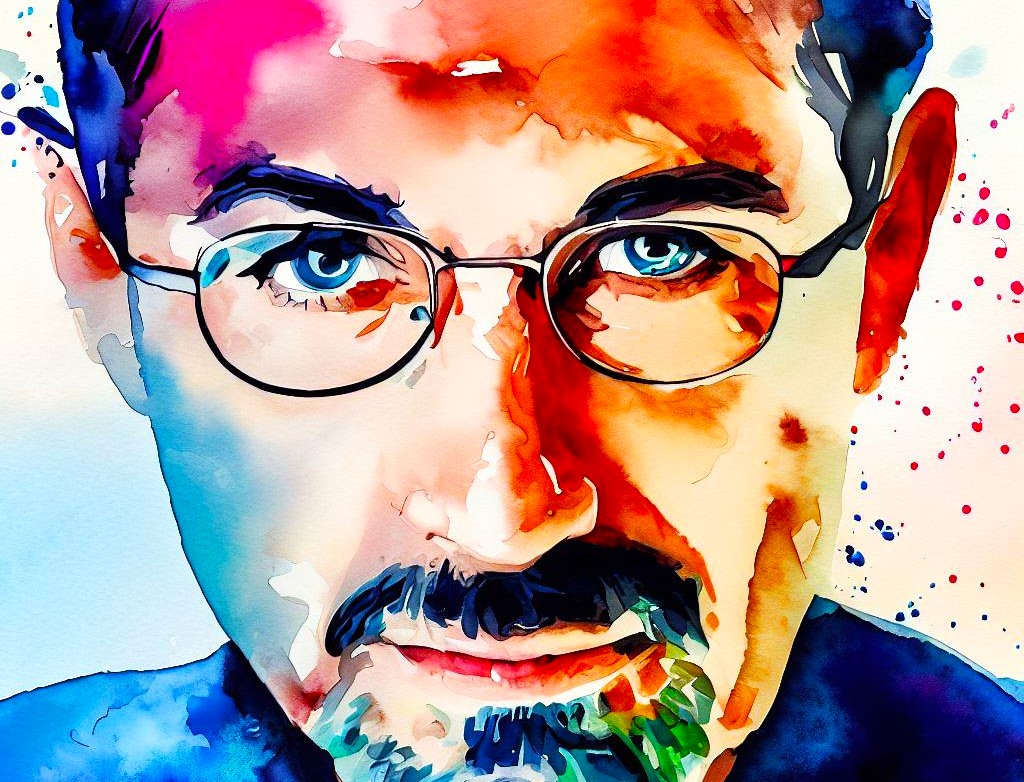
According to news reports, France has banned the Apple iPhone 12 because it emits too much electromagnetic radiation, which could be harmful to human health.
The French watchdog (ANFR) said that the iPhone 12’s specific absorption rate (SAR), which measures the rate of radio frequency energy absorbed by the body, was above the legal limit of 4.0 watts per kilogram in tests simulating the phone being held in the hand or kept in a pocket.
Apple disputed the tests and said that the iPhone 12 was certified by multiple international bodies and compliant with all global radiation standards. The French digital minister said that Apple had two weeks to respond and fix the issue, or else he would order a recall of all iPhone 12 devices sold in the country.
The minister also said that France would share its findings with other regulators in the European Union, which could lead to a wider ban of the phone.
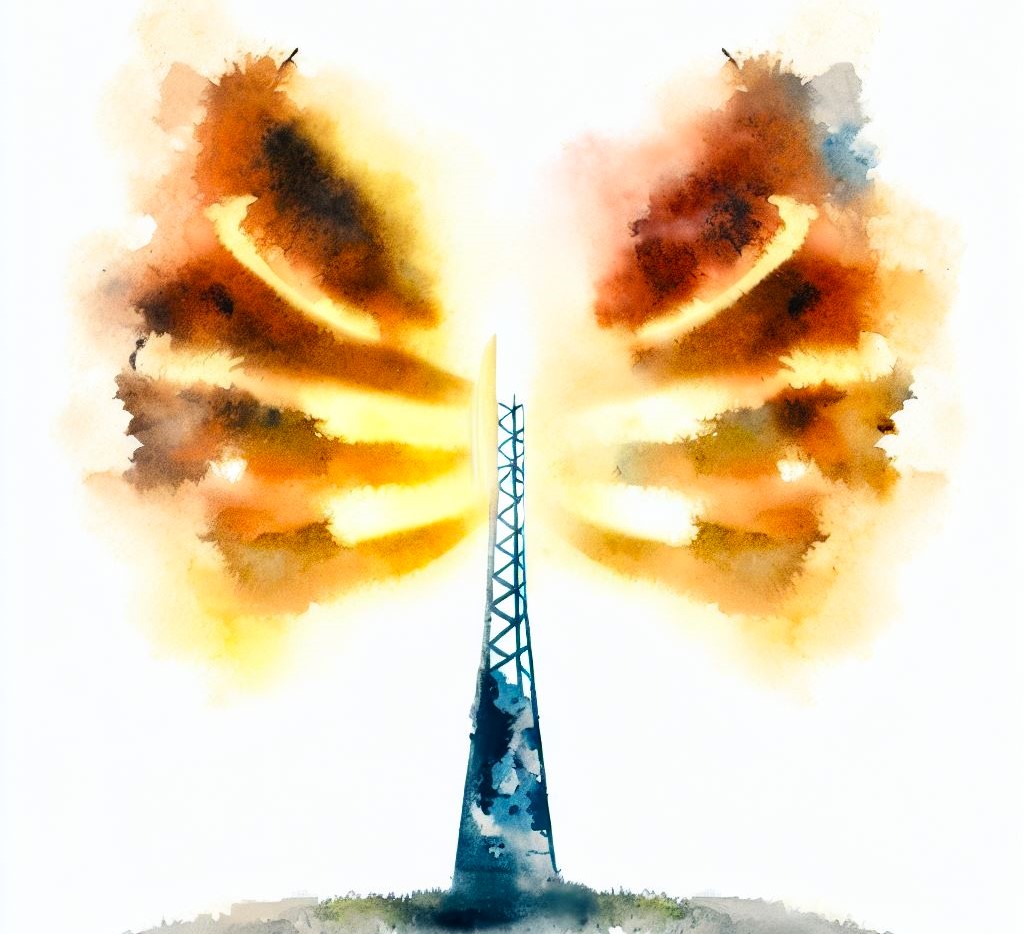
Radiation from mobile phones is a type of electromagnetic radiation that is emitted by cell phones and cordless phones when they send and receive signals. Electromagnetic radiation is a form of energy that travels in waves or particles through space.
It can be classified into two types: ionizing and non-ionizing radiation. Ionizing radiation has high energy and can damage DNA, which may increase the risk of cancer such as; x-rays, radon, and cosmic rays. Non-ionizing radiation has low energy and cannot damage DNA directly – such as; radio waves, microwaves, infrared, visible light, and ultraviolet light.
Cell phones use radiofrequency (RF) waves, which are a type of non-ionizing radiation, to communicate with cell towers and other devices. RF waves have frequencies ranging from 0.7 to 80 GHz, depending on the generation of the cell phone (2G, 3G, 4G, or 5G). The human body can absorb some of the RF energy from cell phones, which may cause some heating to the area of the body where the phone is held (e.g., the ear and head). However, it is suggested this heating is not enough to raise the core body temperature or cause any harmful effects.
There has been a lot of research on whether cell phone use can cause health problems, such as cancer, in humans. However, it has been reported that the evidence so far is not conclusive and does not show a clear link between cell phone use and cancer risk. There could be a link but we do not know 100%… yet?
Some studies have suggested that there may be a small increase in the risk of certain types of brain tumors (such as acoustic neuromas) for people who use cell phones for a long time or frequently. However, other studies have not found any consistent evidence to support this.
The incidence of brain and central nervous system cancers has not changed significantly during the time that cell phone use has increased dramatically. Therefore, more research is needed to understand the possible effects of cell phone use on human health.
The Magnificent Seven is a term to describe seven tech’ stocks that have been surging in 2023.
These seven stocks are considered to be dominant in their respective fields and have strong growth prospects driven by innovation and artificial intelligence (AI).
They have outperformed the broader market and attracted many investors who are looking for exposure to the tech’ sector. Some analysts believe that these stocks will continue to lead the market in the future, while others caution that they may face regulatory challenges, competition, or valuation issues.
The approximate combined market cap value of the Magnificent Seven as of September 2023 is approximately $11.8 trillion.
Note that these values will change over time as the stock prices fluctuate.
There are many funds that can trade tech stocks, depending on your investment objectives, risk tolerance, and preferences.
Technology mutual funds: These are funds that invest in a diversified portfolio of technology companies across different industries, such as software, hardware, internet, cloud, biotech, and more. Technology mutual funds can offer exposure to the growth potential of the tech sector, as well as reduce the volatility and risk of investing in individual stocks.
Some examples of technology mutual funds are Fidelity Select Technology Portfolio (FSELX), Columbia Global Technology Growth Fund (CGTYX), and Schwab U.S. Large-Cap Growth Index Fund (SCHG).

Technology exchange-traded funds (ETFs): These are funds that track an index of technology stocks and trade on an exchange like a stock. Technology ETFs can offer low-cost and convenient access to the tech sector, as well as allow investors to choose from different themes, such as cybersecurity, artificial intelligence (AI), cloud computing and more.
Some examples of technology ETFs are Invesco QQQ Trust (QQQ), Technology Select Sector SPDR Fund (XLK), and VanEck Vectors Semiconductor ETF (SMH).
Technology index funds: These are funds that replicate the performance of a specific technology index, such as the Nasdaq 100, the S&P 500 Information Technology Index, or the Morningstar U.S. Technology Index. Technology index funds can offer broad and passive exposure to the tech sector, as well as low fees and high tax efficiency.
Some examples of technology index funds are Fidelity NASDAQ Composite Index Fund (FNCMX), Vanguard Information Technology Index Fund Admiral Shares (VITAX), and iShares Morningstar U.S. Technology ETF (IYW).
NOTE: These are not recommendations. Investments may go up or down. Your money is at risk!
Always do your own research…
REASEARCH! REASEARCH! RESEARCH!
Apple sells around 50 million iPhones in China annually. A sweeping ban is what investors fear and that spells trouble for Apple.
Apple stock drops after The Wall Street Journal reported a day earlier that Chinese authorities have curbed the use of the iPhone. Apple’s flagship product will no longer be legal to use by some central government officials.
The potential crackdown threatens to dissrupt Apple’s sales as China accounts for about 20% of Apple’s total revenue. Uncertainties about the news prompted investors to retreat from Apple postions, leading to a 6% drop in Apple shares in two days. More than $200bn of market cap was wiped out.

Adding to the concern, Apple is just days away from its key event. On the 12th september 2023, the company is expected to officially announce the launch of its newest smartphone – the iPhone 15.
Chip design firm Arm on 5th September 2023 submitted an updated filing for its upcoming initial public offering on the New York Stock Exchange, setting a price range between $47 and $51. Only 9.4% of Arm’s shares will be freely traded on the NYSE.
Arm was previously listed in London and New York, before SoftBank acquired it for $32 billion in 2016.
Chip design firm Arm on Tuesday is looking to acquire as much as $4.87 billion in its upcoming initial public offering on the New York Stock Exchange, according to the new filing.
As a British company, Arm qualifies as a foreign private issuer in the U.S. and its shares will count as American depositary shares, or ADS’s. It is reported that the company will list some 95.5 million ADS’s at a price range of between $47 and $51. At the upper end of that range it is estimated that Arm will likely raise up to $4.87 billion. At the lower end, the IPO would fetch $4.49 billion of fresh capital for Arm. It could do even better.
When the company floats in New York, it will look to enjoy a very deep pool of professional institutional funds. Arm seeks to ramp up its investments in research and development, particularly as it pursues growth in the artificial intelligence (AI) space with some of its newer chips. The company recently released new chips specifically targeted at AI and machine learning use cases.
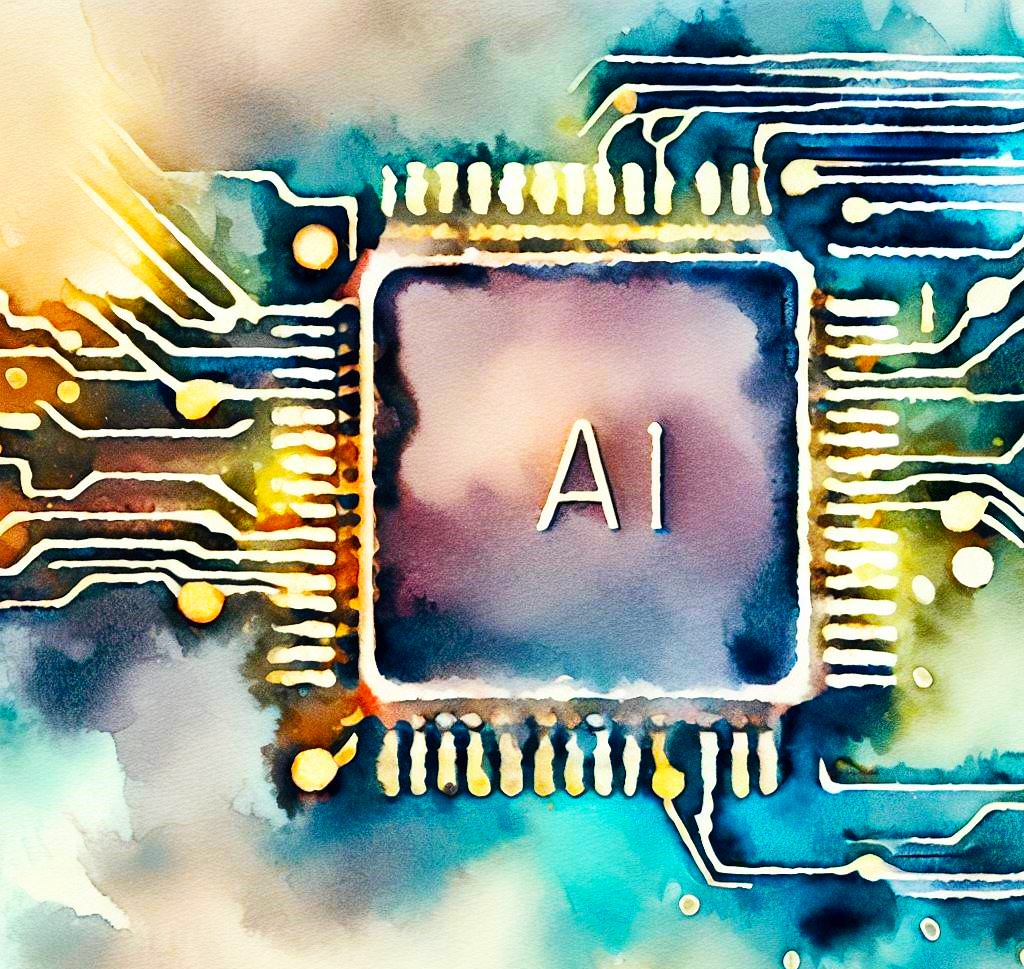
At the upper end of the pricing range, Arm would also touch a total valuation of $52 billion or more. Only 9.4% of Arm’s shares will be freely traded on the New York Stock Exchange, with SoftBank expected to own roughly 90.6% of the company’s outstanding shares after the completion of the IPO.
Arm’s listing is set to be the biggest technology IPO of the year. Investors are hoping that the listing could breathe new life into an IPO market that has been ‘slack’ since 2022.
Arm says its energy-efficient processor designs and software platforms are integrated into more than 250 billion chips globally, into products ranging from sensors and smartphones to supercomputers.
The company estimates it enjoys approximately 48.9% share of the market for semiconductor design. Other players, such as Intel and AMD, have raced to catch up on designing their own chip architectures, but have struggled so far.
The U.K. government had originally hoped Arm would list on the London Stock Exchange, but the company instead dealt a major blow to Britain’s ambitions to become the leading global tech hub by opting for New York. The U.S. financial center has a deep institutional investor base and analysts who have a close understanding of the technology sector.
Chip design firm Arm said in a Tuesday filing that Apple, Google parent Alphabet, Nvidia and other technology companies are interested in buying up to $735 million in its shares as it seeks to go public on Nasdaq.
The investments might not happen, but the fact that these companies are considering them underlines the importance of Arm, whose designs are used for processors in data center servers, consumer devices and industrial products.
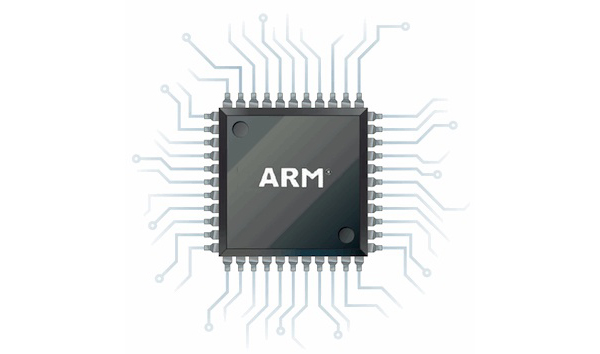
Chip makers Intel, Samsung and TSMC are interested in investing alongside the three trillion-dollar technology companies, along with AMD and MediaTek, which make chip designs based on Arm architectures. Cadence Design Systems and Synopsys, which make electronic design automation software for processor development, have also expressed interest, according to a revised prospectus for Arm’s shares sale. This IPO could easily be the biggest of the 2023!
As part of the deal, Arm could wind up with a $52 billion market capitalization and almost $5 billion in new cash.
It is estimated that there will be about 19 billion devices using the Arm processor in the world by the end of 2023.
The market share of Arm across different technology markets worldwide, which was 90% for mobile application processors, 34% for embedded computing, and 5% for data center and cloud in 2019.
Arm has a target of increasing its market share to more than 90%, 50%, and 25% respectively by 2028.
Arm is a British semiconductor and software design company that is known for its Arm processors, which are widely used in smartphones, tablets, laptops, and other devices. Arm was founded in 1990 as a joint venture between Acorn Computers, Apple Computer, and VLSI Technology. The company was originally called Advanced RISC Machines, but later changed its name to Arm Ltd in 1998.
In 1985, the first Arm silicon chip was created by Acorn engineers Sophie Wilson and Steve Furber, who designed a 32-bit processor with a simple and elegant instruction set.
In 1990, Arm was spun off from Acorn as a separate company, with Apple as a major investor. Arm’s first product was the ARM6 processor, which was used in Apple’s Newton personal digital assistant.

In 1993, Arm introduced the ARM7 processor, which became one of the most successful embedded processors in history. It was used in devices such as the Nokia 6110 mobile phone, the Nintendo Game Boy Advance, and the Lego Mindstorms robotics kit.
In 1994, Arm launched the ARM9 processor family, which offered higher performance and lower power consumption than previous generations. The ARM9 was used in devices such as the Sony PlayStation Portable, the Palm Treo smartphone, and the Amazon Kindle e-reader.
In 1997, Arm introduced the ARM10 processor family, which featured a superscalar architecture and a floating-point unit. The ARM10 was used in devices such as the Apple iPod, the Samsung Galaxy S smartphone, and the Raspberry Pi computer.
In 1998, Arm changed its name from Advanced RISC Machines to Arm Ltd, reflecting its global expansion and recognition.
In 1999, Arm launched the ARM11 processor family, which featured a vector floating-point unit and a TrustZone security extension. The ARM11 was used in devices such as the iPhone 3G, the Nintendo DS, and the Raspberry Pi Zero.
In 2000, Arm became a public company, listing on the London Stock Exchange and the Nasdaq. The company raised £213 million in its initial public offering.
In 2001, Arm introduced the Cortex processor family, which offered a range of performance, power, and cost options for different applications. The Cortex processors are used in devices such as the Samsung Galaxy S10, the Apple Watch, and the Tesla Model 3.
In 2005, Arm acquired Artisan Components, a provider of physical intellectual property (IP) for chip design. This enabled Arm to offer a complete solution for system-on-chip (SoC) development.
In 2006, Arm announced the Mali graphics processing unit (GPU) family, which complemented its CPU offerings with high-performance graphics capabilities. The Mali GPUs are used in devices such as the Huawei Mate 20 Pro, the Oculus Quest, and the Samsung Smart TV.

In 2009, Arm partnered with IBM, Samsung, Texas Instruments, and others to form the Linaro consortium, which aimed to improve the Linux software ecosystem for Arm-based devices.
In 2010, Arm unveiled the Cortex-A15 processor, which was the first Arm processor to support virtualization and big.LITTLE technology. The Cortex-A15 was used in devices such as the Google Nexus 10, the LG G3, and the Nintendo Switch.
In 2011, Arm announced the Cortex-M0+ processor, which was the world’s most energy-efficient microcontroller. The Cortex-M0+ was used in devices such as the Arduino Nano 33 IoT, the Fitbit Flex 2, and the Nest Thermostat.
In 2012, Arm launched the Cortex-A53 and Cortex-A57 processors, which were the first Arm processors to support the 64-bit ARMv8 architecture. The Cortex-A53 and Cortex-A57 were used in devices such as the iPhone 6s, the Samsung Galaxy S6 Edge+, and the Microsoft Surface Pro X.
In 2013, Arm acquired Geomerics, a developer of real-time lighting technology for video games. This enhanced Arm’s graphics portfolio with dynamic illumination and global illumination effects.
In 2014, Arm introduced the Cortex-A72 processor, which delivered a 50% performance improvement over the previous generation. The Cortex-A72 was used in devices such as the Huawei P9, the Xiaomi Mi 5s Plus, and the Amazon Fire HD 10.
In 2015, Arm announced the Cortex-A35 processor, which was the most efficient Arm processor for smartphones and tablets. The Cortex-A35 was used in devices such as the Nokia 2.1, the Samsung Galaxy J2 Core, and the Lenovo Tab M7.
In 2016, Arm was acquired by SoftBank Group for £24.3 billion, becoming a subsidiary of the Japanese conglomerate. The deal was motivated by SoftBank’s vision of investing in technologies that would drive the future of artificial intelligence (AI), internet of things (IoT), and smart cities.
In 2017, Arm launched Project Trillium, a suite of machine learning (ML) solutions that included an ML processor , an object detection processor , and an open-source software framework. The Project Trillium products aimed to enable low-power and high-performance ML applications on edge devices.
In 2018, Arm unveiled the Cortex-A76 processor , which offered a 35% performance boost over its predecessor. The Cortex-A76 was used in devices such as the OnePlus 7T, the Huawei MateBook D14, and the Acer Chromebook Spin 13.
In 2019, Arm announced the Cortex-A77 processor , which improved on its predecessor with a higher clock speed, a larger cache, and better branch prediction . The Cortex-A77 was used in devices such as the Samsung Galaxy S20, the Asus ROG Phone II, and the Lenovo Yoga C940.
In 2020, Arm introduced the Cortex-X1 processor , which was its most powerful CPU design to date. The Cortex-X1 was designed to deliver peak performance for premium device , such as flagship smartphones, laptops and gaming consoles. The Cortex-X1 was used in devices such as the Samsung Galaxy S21 Ultra, the Xiaomi Mi 11, and the Google Pixel 6.
In 2021, Arm launched the Cortex-A78C processor , which was optimized for high-performance computing (HPC) applications. The Cortex-A78C featured up to eight CPU cores , a larger L3 cache, and support for ECC memory. The Cortex-A78C was used in devices such as the Samsung Galaxy Book Pro, the HP Elite Folio , and the Acer Chromebook Spin 513.

In 2022, Arm unveiled the Cortex-A710 processor, which was its first big core to support the Armv9 architecture. The Cortex-A710 offered a 30% energy efficiency improvement over its predecessor, as well as enhanced security and ML features. The Cortex-A710 was used in devices such as the OnePlus 10 Pro, the Huawei MatePad Pro 2, and the Microsoft Surface Laptop Studio.
In 2023, Arm announced the Immortalis GPU family , which was its next-generation graphics solution that included hardware-based ray-tracing and variable rate shading capabilities . The Immortalis GPUs aimed to deliver realistic and immersive graphics for gaming, VR and AR applications on mobile devices . The Immortalis GPUs were used in devices such as the Samsung Galaxy S22 Ultra , the Sony Xperia 1 IV, and the Oculus Quest 3.
Arm is a leading semiconductor and software design company that has revolutionized the computing industry with its innovative and efficient processor architectures. Arm’s processors power billions of devices across various domains, such as mobile, IoT, AI, HPC, and gaming. Arm has been at the forefront of technological advancements for over three decades, delivering performance, energy efficiency, and security to its customers and partners.
Arm is a subsidiary of SoftBank Group and has a massive global presence.
The Cambridge-based company, which designs chips for devices from smartphones to game consoles, plans to list on New York’s Nasdaq in September. The highly anticipated IPO in the U.S. comes after UK Prime Minister, failed to convince Arm to float in London or pursue a dual UK-U.S. listing.
Arm’s decision to list in New York rather than London has fuelled fears that the City is losing its competitiveness to Wall Street, where valuations are typically higher. SoftBank-owned chip designer Arm on 21st August 2023 disclosed a modest 1% fall in annual revenue as it made public the paperwork for a U.S. listing that is expected to be the year’s biggest initial public offering. The company is reportedly looking for a valuation of between $60bn (£47bn) to $70bn.
Arm was bought in 2016 by Japanese conglomerate Softbank in a deal worth £23.4bn. Prior to the takeover, it was listed in both London and New York for 18 years.
Some of the companies that use ARM processors include Apple, Qualcomm, Samsung, Broadcom, and Fujitsu. ARM technology is used in a wide range of devices, from smartphones to game consoles to supercomputers.
Arm is a British semiconductor and software design company that is known for its Arm processors, which are widely used in smartphones, tablets, laptops, and other devices. Arm was founded in 1990 as a joint venture between Acorn Computers, Apple Computer, and VLSI Technology. The company was originally called Advanced RISC Machines, but later changed its name to Arm Ltd in 1998.
Steve Jobs was one of the most influential and visionary entrepreneurs of the 21st century. He was the co-founder, chairman, and CEO of Apple Inc., the company that revolutionized personal computing, music, mobile phones, tablets, and digital animation. He was also the founder and CEO of NeXT, a computer and software company that was acquired by Apple in 1997, and the majority shareholder of Pixar, a computer animation studio that was acquired by Disney in 2006.
Steve Jobs was born on February 24, 1955 in San Francisco, California. He was adopted by Paul and Clara Jobs, who raised him in Mountain View, California. Jobs attended Reed College in Portland, Oregon, but dropped out after one semester. He then travelled to India in 1974 to seek spiritual enlightenment and became a follower of Zen Buddhism.
In 1976, he co-founded Apple Computer with his friend Steve Wozniak in his parents’ garage. They created the Apple I and Apple II, which were among the first successful personal computers. In 1984, they launched the Macintosh, which introduced the graphical user interface and the mouse to the mass market. In 1985, Jobs left Apple after a power struggle with the board of directors.
In 1986, he founded NeXT, which developed innovative computers and software for the education and business markets. NeXT also created the NeXTSTEP operating system, which was later used as the basis for Mac OS X and iOS. In 1997, Apple bought NeXT for $429 million and brought Jobs back as an interim CEO.
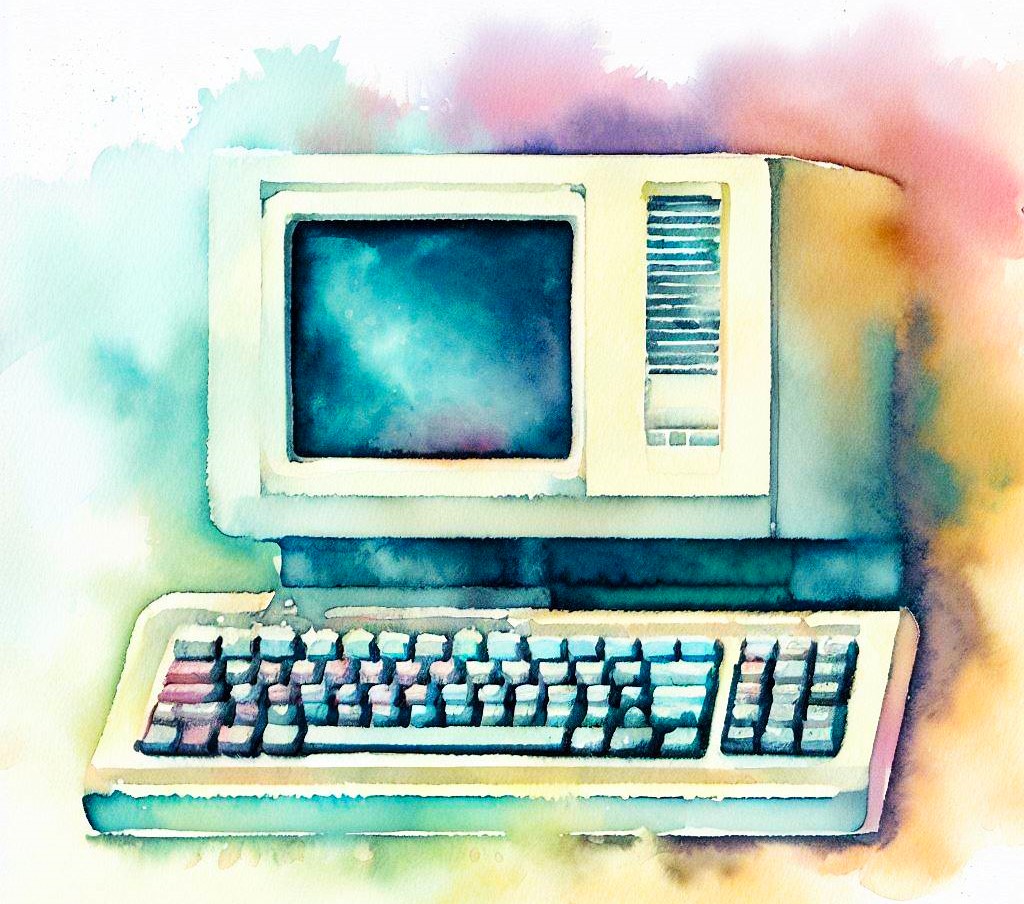
In 1998, Jobs led the turnaround of Apple with the launch of the iMac, a sleek and colorful all-in-one computer. He then introduced a series of groundbreaking products that changed the world of technology and entertainment, such as the iPod (2001), iTunes (2003), iPhone (2007), iPad (2010), and iCloud (2011). He also oversaw the development of software platforms such as Mac OS X, iOS, iTunes Store, App Store, and Safari.
In 1986, he also acquired Pixar from George Lucas for $10 million. Pixar became one of the most successful animation studios in history, producing hit films such as Toy Story (1995), Finding Nemo (2003), The Incredibles (2004), Ratatouille (2007), WALL-E (2008), Up (2009), and Inside Out (2015). In 2006, Disney bought Pixar for $7.4 billion and made Jobs its largest shareholder.
Steve Jobs was known for his charisma, creativity, innovation, and perfectionism. He had a vision to make products that were not only functional but also beautiful and intuitive.
His passion to create experiences that enriched people’s lives and inspired them to think differently. He had a motto to ‘stay hungry, stay foolish’.
Steve Jobs died on October 5, 2011 at the age of 56 after a long battle with pancreatic cancer. He left behind a legacy that will continue to shape the world for generations to come.
Apple shares previously failed to close at levels that would have given the company a market cap of $3 trillion, despite a promising intra-day move in January 2022.
Apple has become the first publicly traded company ever to be worth $3 trillion. The company’s market valuation reached this milestone on January 3rd, 2022. Apple’s stock briefly eclipsed $182.86 a share before closing at $182.01. The milestone is mostly symbolic but it represents investor recognition of Apple’s success over the past few years as the company has reported several record-breaking quarters of big growth in all of its product lines.
Apple is not just a hardware player – it has an even bigger slice of the tech’ consumer pie than you may imagine, especially in the cloud computing arena.
Apple has regained its $3 trillion valuation to become the first-listed company, in modern times, to reach the $3 trillion milestone again. It acheived this on 30th June 2023. Shares climbed more than 2% to hit a record $193.97. However, by direct comparison and by todays valuation, the East India Trading Company beat Apple to this accolade long-a-go in the 17th Century having acheived a higher value equivalent to $7 trillion in todays money.
C’mon Apple you laggard!